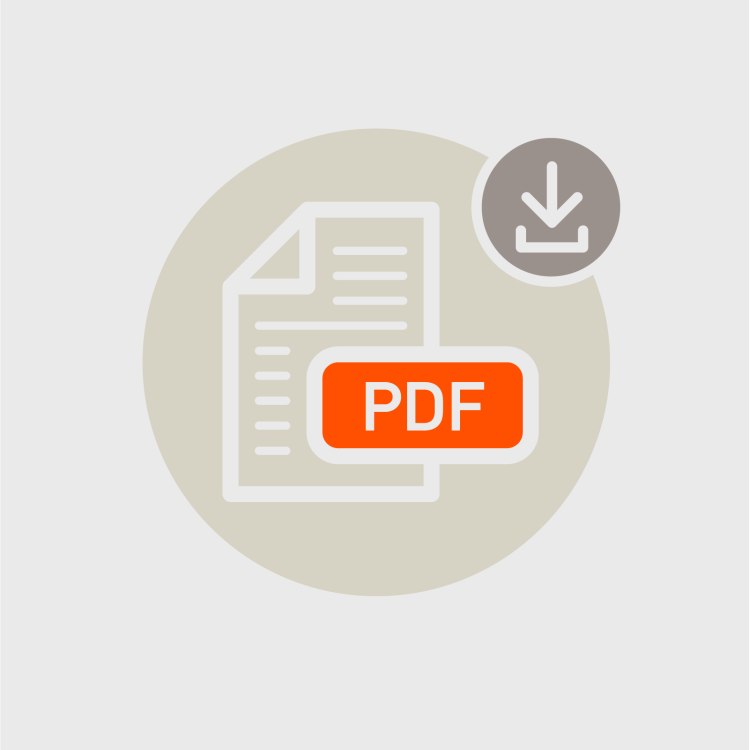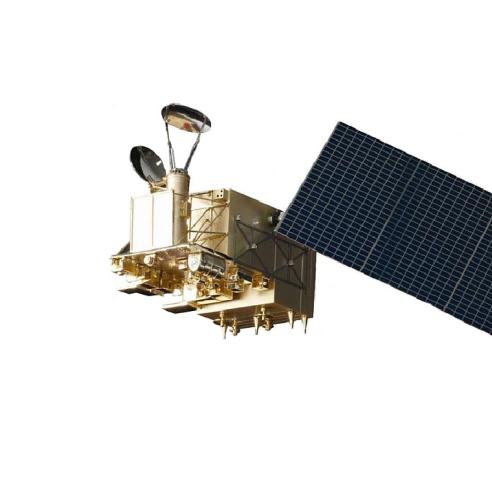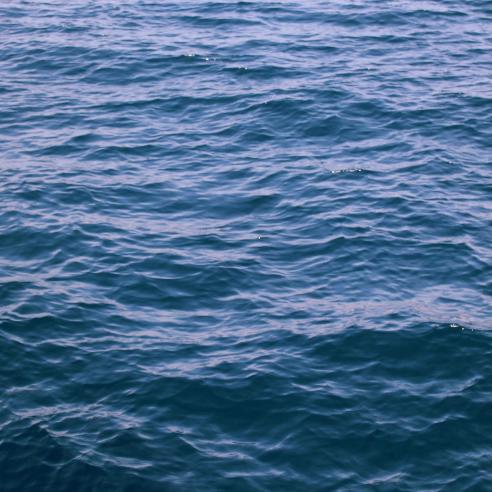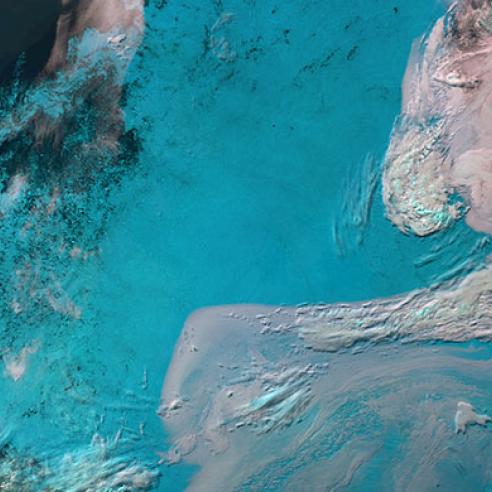30 May 2022
05 September 2017
During summer 2017 Dr Smith was a visiting scientist in the EUMETSAT Remote Sensing Products Division. He reviewed work on the calibration and validation of altimeter products from Sentinel-3A being developed by EUMETSAT's satellite altimetry team.
He also reviewed the Algorithm Theoretical Basis and Data Product Format specifications for Copernicus Sentinel-6, a mission in which NOAA is a partner.
At the end of his visit Dr Smith presented a seminar on the application of satellite altimetry to estimation of sea floor topography in the uncharted oceans.
Dr Walter H F Smith
Walter is a Fellow of the American Geophysical Union, a geophysicist in NOAA's laboratory for satellite altimetry, and a past chair of the scientific and technical sub-committee of GEBCO, the international and intergovernmental committee for the General Bathymetric Charts of the Oceans.
Before joining NOAA in 1992, he was a post-doctoral fellow at the Institute for Geophysics and Planetary Physics of the Scripps Institution of Oceanography.
He has crossed the Pacific Ocean four times on oceanographic vessels, twice serving as co-chief scientist.
According to ISI Web of Science Citation Index, his papers are among the top 0.1% of papers in all fields of science.
Dr Smith also published the first altimeter measurements of tsunamis and hurricane-driven storm surges, as well as papers on the thermal history of the Earth, the volcanic history of the ocean basins, and the lubrication of plate tectonics.
He is currently a principal investigator on the CryoSat mission, a member of the Sentinel-3A cal/val team, and has served on various ICSU, NRC and AGU committees.
Some of his published papers can be found on ResearcherID, ORCID and Google Scholar.












